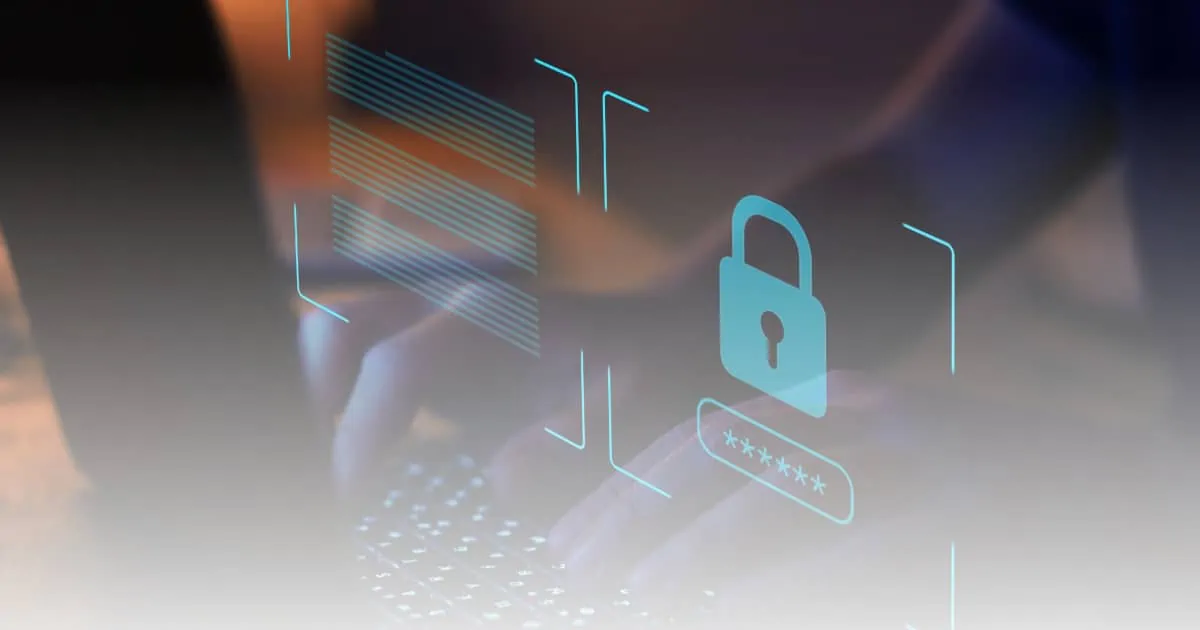Multi-Factor Authentication

Protect your most critical business data more effectively.
Identity theft is one of the most quickly growing cyber crimes – both for stealing personal information, and for accessing corporate databases. Nearly 60 million Americans have been affected by identity theft. It’s a threat to everyone, and one of the simplest and most efficient ways to prevent it is with Multi-Factor Authentication (MFA).
What Is Multi-Factor Authentication?
It’s exactly what it sounds like. A “factor” is any method of verifying a user’s identity – such as a password. If you log into a website using just a password, that’s single-factor authentication. But if you also have to enter some other information – such as a unique, one-time code that’s sent to your phone by SMS – that’s multi-factor authentication.
There are many ways to add more “factors” to the login process, from physical code generators and keychains, to codes sent via phone, text, email, or various apps – but they all do the same thing. They make it harder for someone to steal your personal information and breach the security of your accounts. With MFA, even if your password is stolen, it can’t be used on its own.
Why Do You Need Multi-Factor Authentication?
How many of your accounts do you use the same password for? Do you save your passwords on your web browser? Write them down in an unencrypted note file, or on paper? Have you ever used a password on a site that’s been hacked in the past?
To put things simply, passwords alone are usually not enough to prevent hacks. Most people do not create strong passwords, change them regularly, or follow other best practices for data safety. In any case, accounts can be easily accessed by a third party if not secured properly.
In the business world, if organizational accounts or financial accounts are hacked, this could lead to disaster. In fact, hacked passwords account for 81% of all data breaches.
MFA may be inconvenient, but it secures your information much more effectively. For example, with MFA for Office 365, it is much more difficult for a hacker to log into your Microsoft accounts, even if they get your password and personal information. Office 365 is one of the most common targets for hackers, demonstrating how successful MFA is. So, whether you set up multi-factor authentication (MFA) with SMS, an app, or any other technology, you’ll be able to protect your data and personal information, and protect your most important accounts.
Ready to get started with multi-factor authentication (MFA) for your business? Not sure where to start? Contact K3 Technology now at 303-770-8050, and learn how you can protect your most critical business data more effectively.
